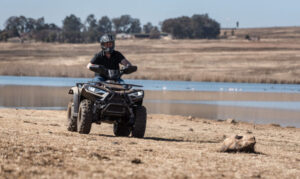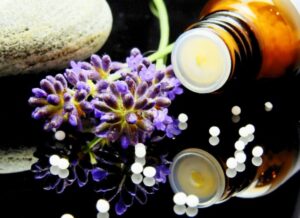The sight of the sea greeted me in the morning, that great mirror of something forgotten within ourselves, about ourselves …
True, sitting in silence can do this, but looking out at the water brings in this awareness with an immediacy that I always find remarkable. Of course, this might simply be due to the fact that I don’t get to the beach often!

We wanted to look at the receiving end of the water that leaves Moutonshoek, where we had been the previous day. The aquifer flows out from there into the Verlorenvlei area and on to Elandsbaai (where we were now). To get an idea of the geography, infrastructure and economics of the place we set off.
Elandsbaai has been known for its surfing beaches and its fishing industry. Unfortunately, the latter has been in decline for some time now as a result of quotas and dwindling fish stocks. Increasingly we found that the issue that loomed over this day, like the mountain itself, was the one facing leaders in this town: how to restore hope to a community facing joblessness and increasing poverty.
We drove past an abandoned fish factory near Baboon Point, scarred by silence and, apart from the solitary gull here and there, a complete lack of activity.
Elandsbaai offers a sense of heritage. A climb up the ocean-facing side of Baboon Point brings you to a dwelling against the mountain side, the walls of which are decorated with the stories of southern Africa’s original inhabitants. Recent visitors had scratched their initials onto the rock, interrupting the centuries-old conversation.
A discussion followed on how this heritage could be protected in the future. The dwelling should certainly be included in the area’s future marketing plans, but the thought of increased traffic to where we were standing brought to mind the place’s vulnerability to vandalism.
Back at the Elandsbaai Hotel we met Henk Boneschans, a member of the local community. He discussed the situation in the town and the efforts to rejuvenate its economy. His enthusiasm and creativity was illustrated by a miniature vertical farming device he had built and which he demonstrated to the group. A litre of water is poured in at the top level, filters down through two other levels of vegetables /herbs before collecting again at the bottom, available for re-use. Boneschans is hoping to inspire an interest in food gardens and growing one’s own food at the local school and in other circles here.
Two of the WWF Nedbank Green Trust funders in our party remarked that projects often fail because of the lack of local leadership; that the presence of a local champion like him makes all the difference. And this is what Henk Boneschans is, a champion for the town’s potential. Contact details were exchanged and we hope something comes out of the visit.
And now our excursion was coming to an end. We made a last stop outside the town, across the road from an abandoned school. This building, it was pointed out, would be an ideal one-stop-shop to serve the ecotourism that is being punted to breathe new life into the town’s prospects. Maps, brochures, souvenirs as well as any necessary permits could be obtained here.
Much thought has gone into this venture. Business plans and strategy documents threshed out. It was Samantha Schroder, project leader from Birdlife South Africa, who pointed out the potential of the old school buildings and, behind us, the wetlands stretching back to Moutonshoek.
“All things flow to the sea” is an idea that individuals with vision have drawn on for centuries. In this case, I hope that it means “That which you have hoped for and worked for — may it come to you”.
Agribook pages of relevance to the this article include Wetlands, Tourism and Agriculture, and Birds and farming.



